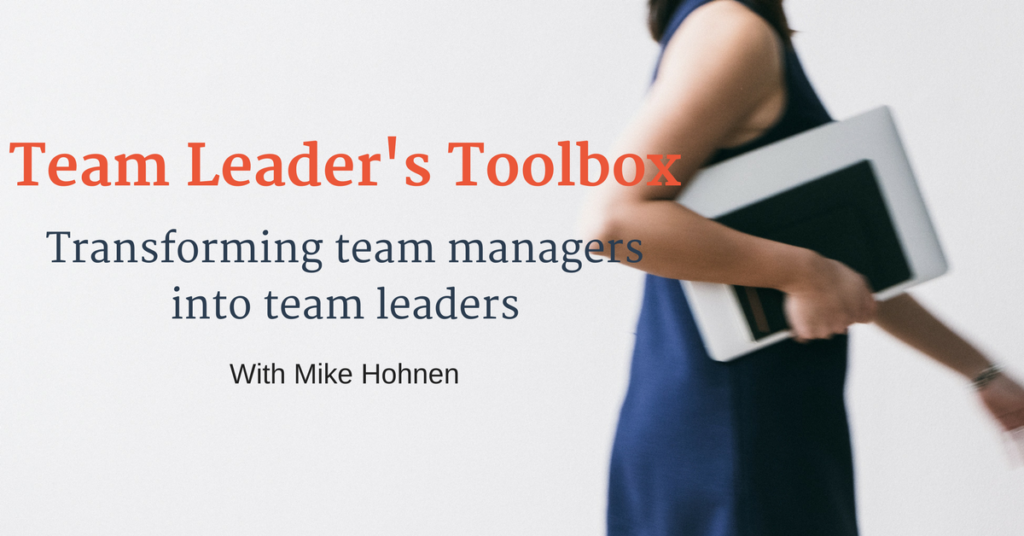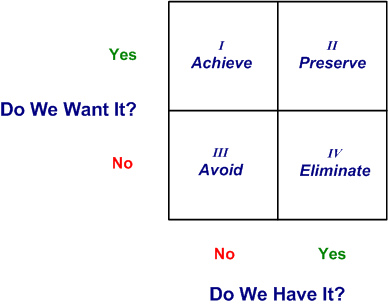In my previous post, we looked at how the first time manager (FTM) is often neglected when it comes to training and development. In this post, we’ll start identifying some of the challenges that the FTM has.
The scenario is more or less the same in most types of service organisation. Due to a promotion or an organisational shuffle, we find ourselves needing a supervisor or team leader on one of our customer facing teams. We are busy. The position needs to be filed fast so our first reaction is to look at the team and see who we have that could jump in.
Who gets promoted to their first managerial position?
And often we find, what we think, is just the right person for the job. The criteria we use to evaluate this are typically this person’s performance. We pick a high performing team member with a lot of personal drive and on top of that, it is someone who is well organised – In short, it’s a no-nonsense person who gets the job done. The underlying implicit logic is that they will be a good example for the others to follow.
And they are good at managing … themselves. But they do not necessarily have a clue about how to manage other people. In fact, often they are distinctly bad at managing other people because they are too self focused.
The typical pitfall’s
They are used to being successful and are therefore determined to also do well as FTMs. Often this means that they either drive their team colleagues too hard or they end up driving themselves too hard as they try to compensate for other people’s lack of performance. And the worst of them do both. But obviously neither works very well and often ends up producing stress reactions in themselves and/or their colleagues.
They see performance as being all about excelling at certain (hard) skills. So their first reaction in their new role is often to look for tools or skills that they can learn that will equip them to do a better job. I see this in virtually every workshop I conduct when I start the day by clarifying what expectations the participants have. Top of the list at each table is nearly always – learn more tools to manage better.
It all about changing perspective
But the reality is that it is not so much a question of new tools and techniques, but more about perspectives. Evolving from a high performing team member into a successful FTM is all about shifting perspectives.
Instead of focusing on themselves as they have been used to, they now need to understand that it is only by focusing on the success of their colleagues that they themselves will be seen as successful.
As I have written about earlier on this blog – the name of the game is engagement. What the first time manager needs to learn and develop more than anything else is the ability to provide an engaging environment in which their colleagues thrive.
Sounds simple when you frame it like this but that is actually quite a big shift.
And the puzzling reality is that most of them are left to figure it out for themselves.
Next week we will look at some more challenges that are typical for FTMs and then in future posts, some ideas and tips on how we can get better at providing the support that this group needs.
_______________________________________________________
This is the second article in a series on how to lead as a first time manger. If you would like to know more, check out other articles of the first time manager series:
- How are you supporting your first time managers?
- The big leap… from team member to team leader
- First time manager – The challenges
- Direction, Alignment & Commitment in 4 easy steps
- How your relations affect your results
- Powerful or powerless, what do you prefer?
- Behaviour
- Conversations, not small talk
- Take charge of your energy levels!
- You won’t get results by pussyfooting around the issues!
- What drives a fabulous employee experience?
I have a new online training out on this: The Team Leaders Toolbox – check it out









